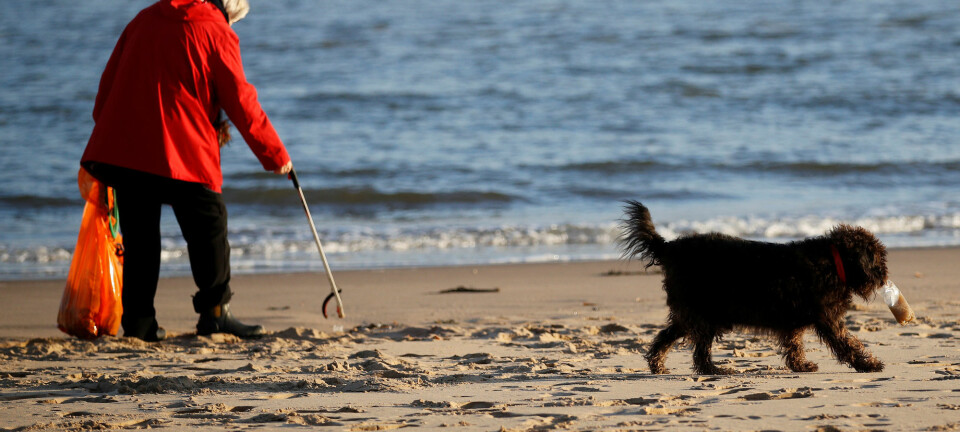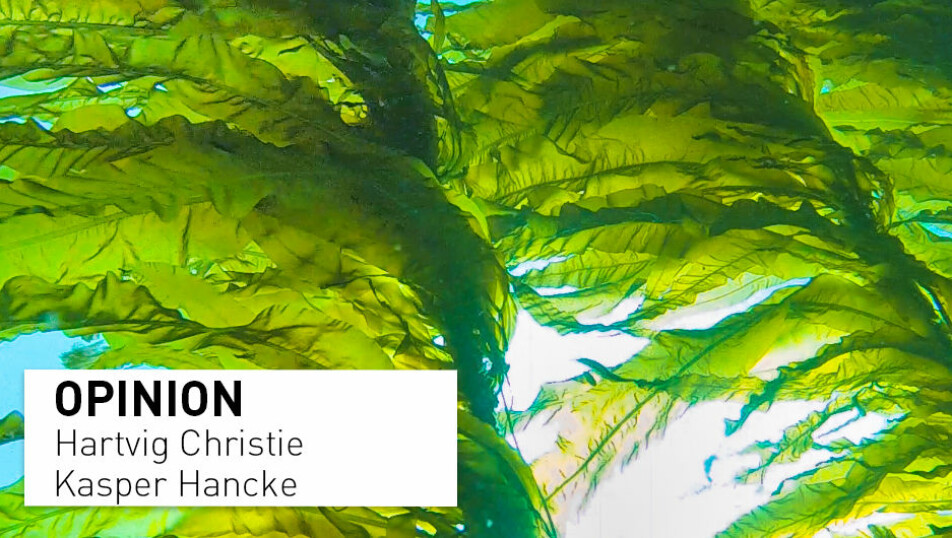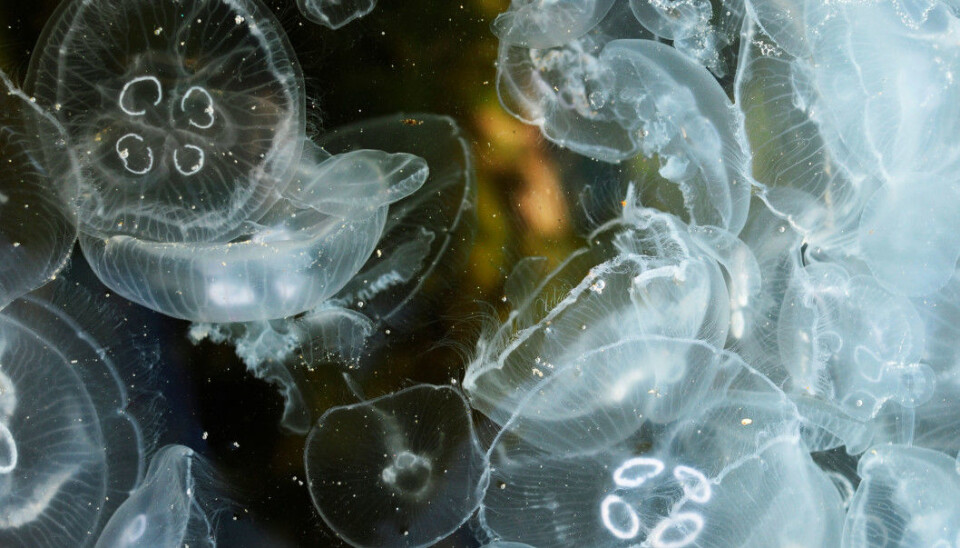
The sea along Norway’s coast has gotten darker. That’s bad news for fish, seagrass and kelp
At the same time, large numbers of moon jellyfish and helmet jellyfish have taken over many Norwegian fjords.
The sea water that flows along the Norwegian coast is slightly different from what’s found further out in the open ocean. Brackish water from the Baltic Sea supplies the coastal current with water, and as it wends its way northeast, it’s supplied with more fresh water from Norwegian rivers that drain to the sea.
But something has happened to the water in Norway’s coastal current. It has gotten darker.
In a new report, written on behalf of the Norwegian Environment Agency, researchers from the Norwegian Institute for Water Research (NIVA) have summarized what is now known about the darkening of the Norwegian ocean current.
It is a staggering read.
Because when less light is able to reach the ocean’s depths, it makes life difficult for plankton, kelp, seagrass and fish. They all depend on light to make their food.
Sediment from the land
The project manager behind the report, Helene Frigstad, says it is important that both researchers and authorities be aware that the water along the coast is getting darker. She studies ocean ecosystems at NIVA.
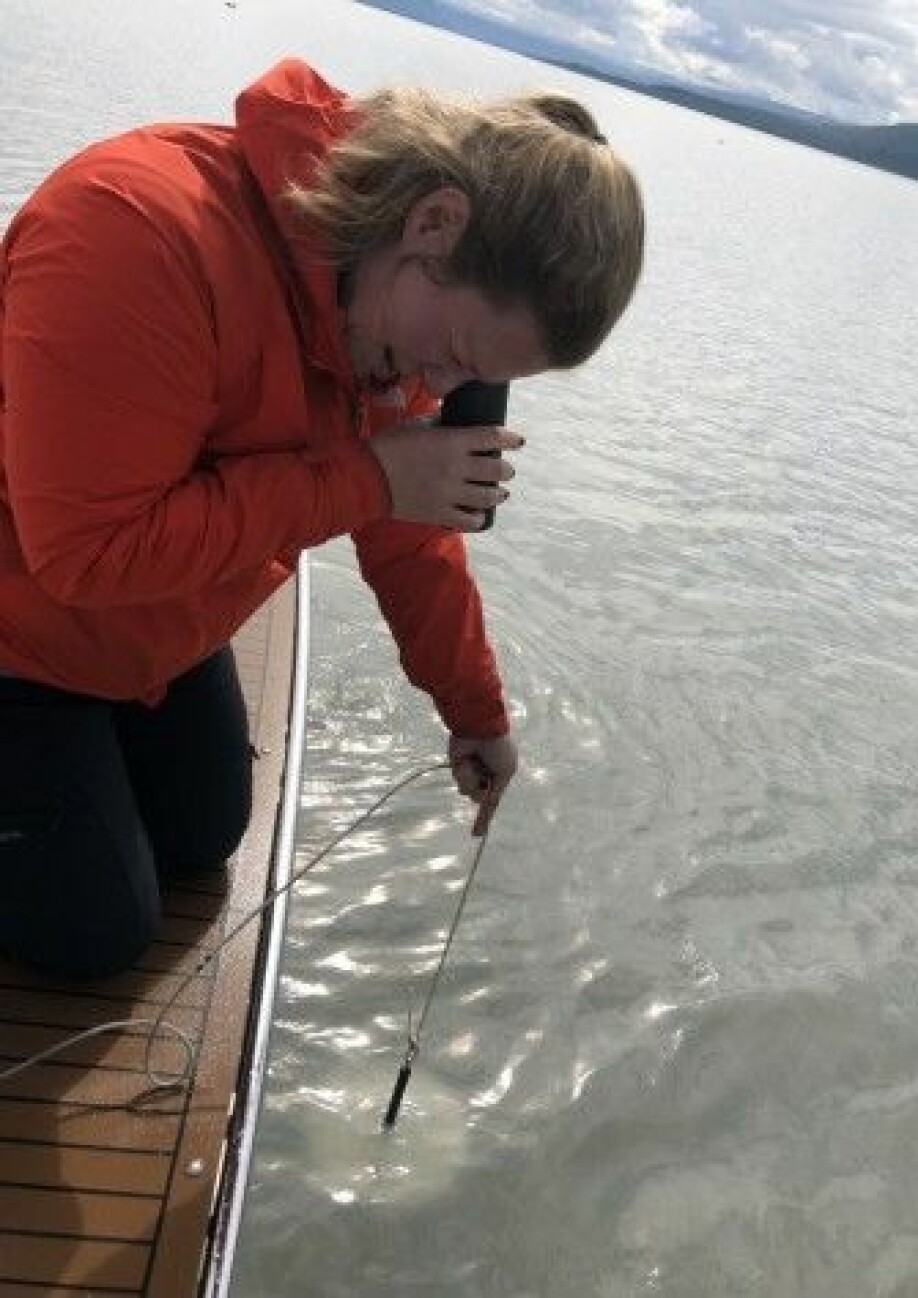
“Darkening of the coastal water is perhaps a factor that has been a bit overlooked in terms of understanding the changes we see in the sea,” she says.
But why is the water getting darker?
The reason is simply that more land-based sediment is draining to the ocean. The researchers' report shows that the amount of loose organic material that ends up in the sea has increased over the last 30 years.
When sunlight hits these particles, it is absorbed instead of penetrating further into the water.
The result is that it gets darker underwater, especially down in the depths.
More rain and more trees
Climate change is one of the most important explanations for why coastal waters are becoming more turbid, Frigstad says.
“Paradoxically, the reduction in acid rain in southern Norway in recent decades has led to more organic material being washed out of the soil, especially when we get more and more intense rainfall episodes,” Frigstad says.
And regardless of the pH in the soil, more rain and extreme weather means that more soil and other organic material ends up in the rivers.
Higher temperatures and more CO2 in the atmosphere also means increased growth of plants and forests, which also contributes to the turbidity.
In addition, humans affect the sea along the coast by using coastal lands in new ways.
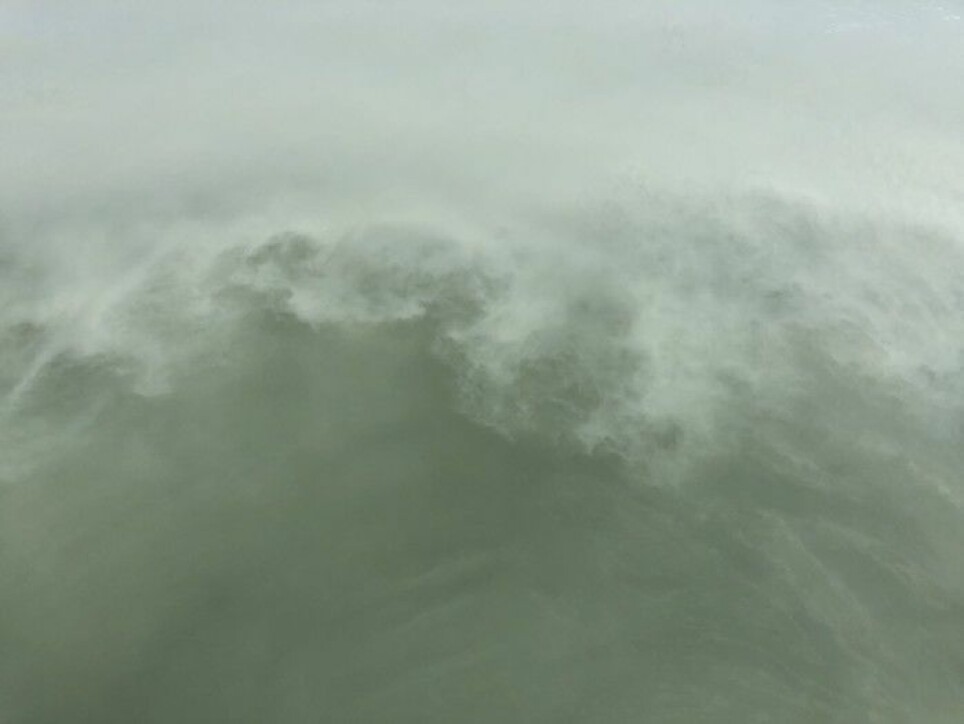
Old measurement method
But it is not just during the last 30 years that the sea has gotten darker. Measurements of visibility in the water for the North Sea are available from as far back as the beginning of the 20th century. They show that this coastal darkening has been ongoing since the middle of the last century.
The method for measuring how well light penetrates the sea is the same as has been used for more than 100 years. And it's surprisingly simple.
“You take a white disk on a rope and lower it into the water, and pull it upwards and record the depth at which it becomes visible,” Frigstad said.
Mass jellyfish blooms
Dag Aksnes at the University of Bergen (UiB) has also studied coastal water darkening. His work was the starting point for the new NIVA report.
More than 40,000 measurements in the Baltic Sea and the North Sea over the last 100 years show that the seawater has become darker. In some places, the dark water has led to jellyfish blooms.
Aksnes has focused his research on a specific species, the helmet jellyfish. It was these jellyfish that gave rise to the hypothesis of coastal water darkening, the UiB researcher wrote in an email to sciencenorway.no.
The NIVA researchers also found several studies that show that populations of the familiar moon jellyfish have grown dramatically in some Norwegian fjords.
Conditions in several fjords in western Norway in particular have favoured this species of jellyfish.
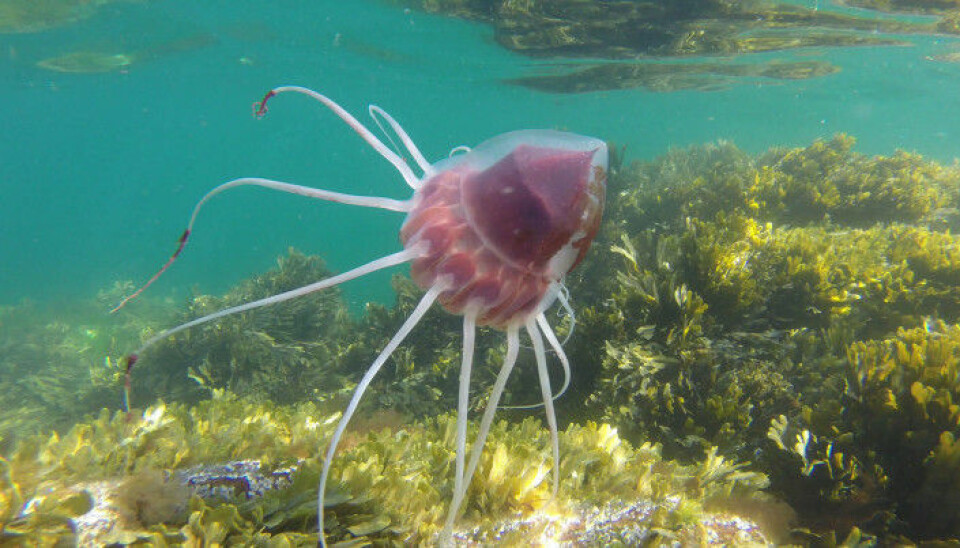
See or feel
So why are there so many jellyfish in dark waters?
The answer lies in how they get their food. While fish use their eyes to hunt for food, the jellyfish use their sense of touch, Frigstad says.
“Fish also depend on light to hunt. They hunt using sight. When it gets darker in the western fjords, it is more difficult for them to find food,” she said.
“That can give jellyfish a competitive advantage. They don’t use their eyes, but their tentacles feel for prey. They can hunt in the dark,” Frigstad said.
In several places along the coast, there has also been a decline in cod stocks. But Frigstad emphasizes that the reason why there have been fewer fish is due to more than light conditions.
Less light also affects species other than fish.
Kelp and plankton need sunlight
Much like on land, some sea life depends on photosynthesis to create its sustenance.
Kelp, seagrass and phytoplankton all use sunlight to create food they use to live and grow.
In one of the studies described in the report, researchers found that the spring phytoplankton bloom now takes place three weeks later than previously in the North Sea.
The explanation is probably because there is less sunlight for them than before.
The same is likely true for kelp.
“The kelp forest along the Norwegian coast has shrunk. But the kelp forest is also affected by other things, so we can’t say that it’s only due to light conditions,” says Frigstad.
Whatever the cause, it’s still not good. The reduction in kelp forests is bad news for fish that use them as a breeding ground and all other life that depends on the forests.
Will test solutions
So what can be done? Is the sea along the Norwegian coast doomed to get darker and darker?
One possible solution is for the authorities to regulate how areas that drain to rivers and other water bodies are used.
Frigstad says it’s possible to reduce the runoff of nutrients from these areas to rivers and lakes, which eventually drain to the sea.
“For example, the authorities could impose stricter regulations on when farmers are allowed to plough their fields, or a requirement to preserve wetlands,” she said.
There may be other approaches that could work in forests and urban areas close to water bodies and rivers, she said.
The NIVA researchers are in the process of designing research projects where they can test whether different measures can make Norwegian coastal waters brighter again.
Translated by: Nancy Bazilchuk
References:
Helene Frigstad et al.: Endring i lysforholdene i norske kystvann, Rapport av NIVA i oppdrag fra Miljødirektoratet. (Change in light conditions in Norwegian coastal waters, Report by NIVA on behalf of the Norwegian Environment Agency; in Norwegian only)
A. Deininger et al.: Organic nitrogen steadily increasing in Norwegian rivers draining to the Skagerrak coast. Scientific Reports 2020. https://doi.org/10.1038/s41598-020-75532-5
———
Read the Norwegian version of this article on forskning.no








